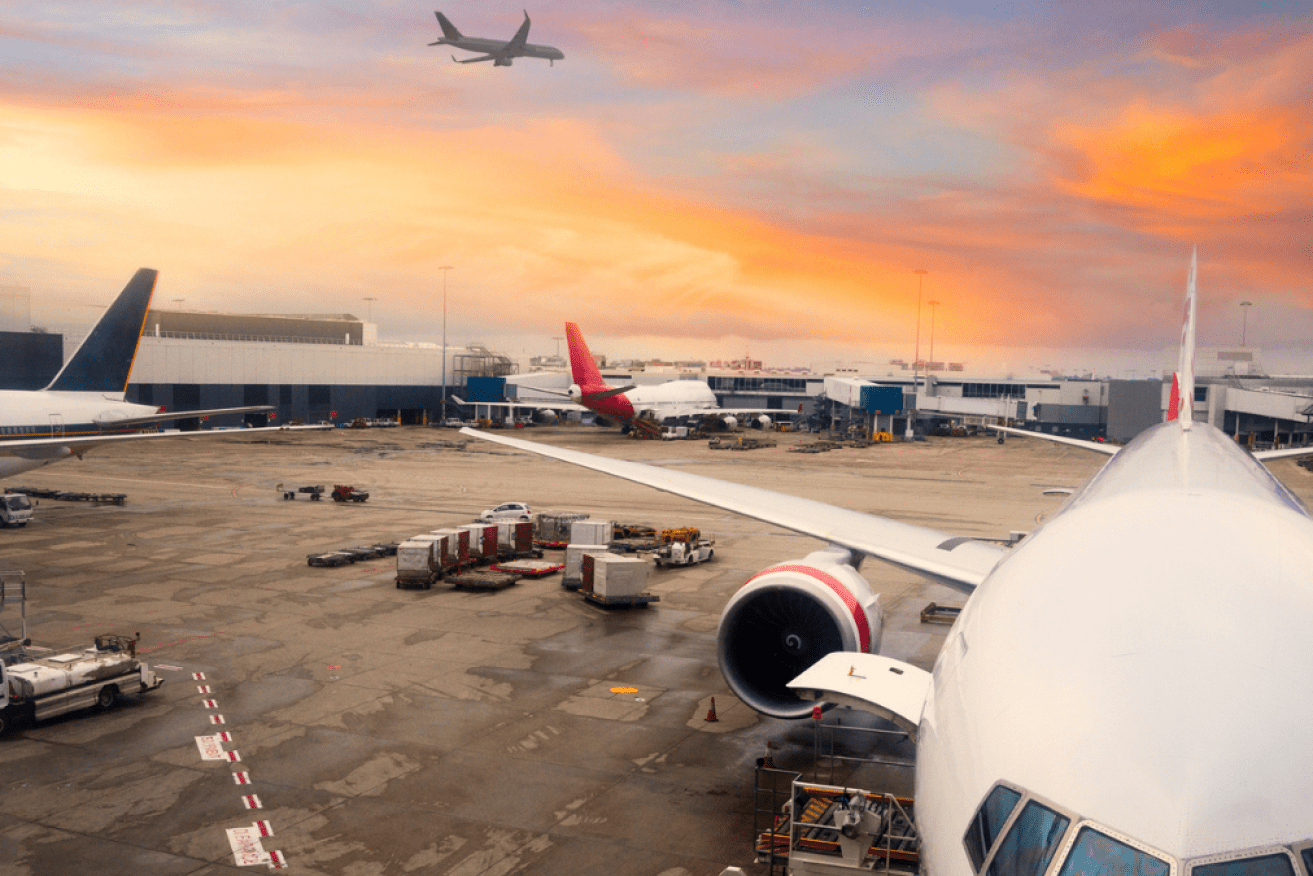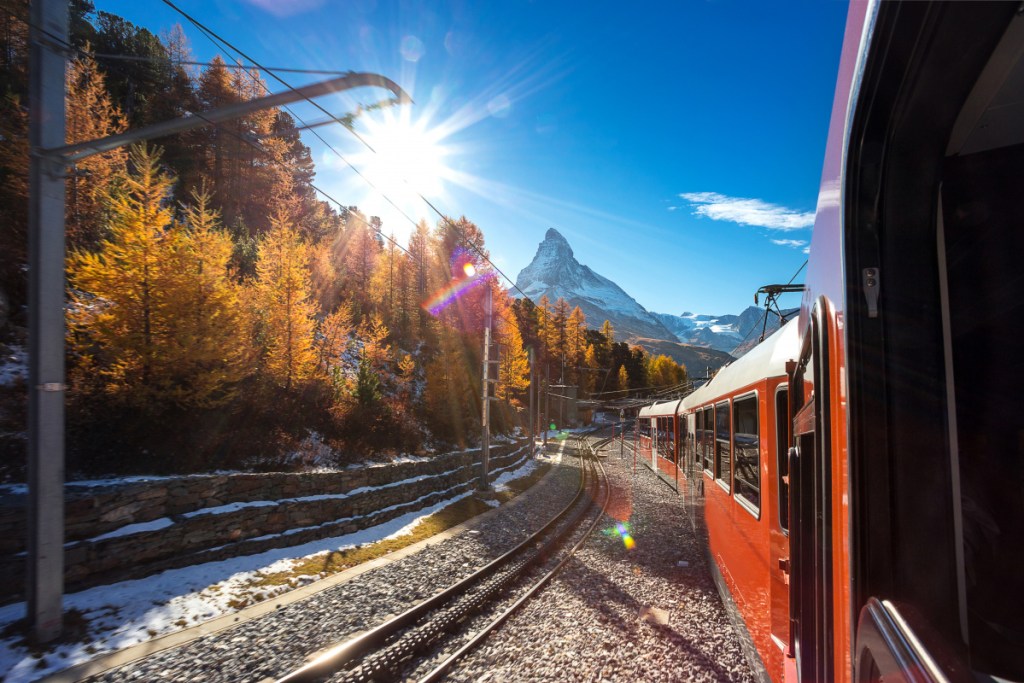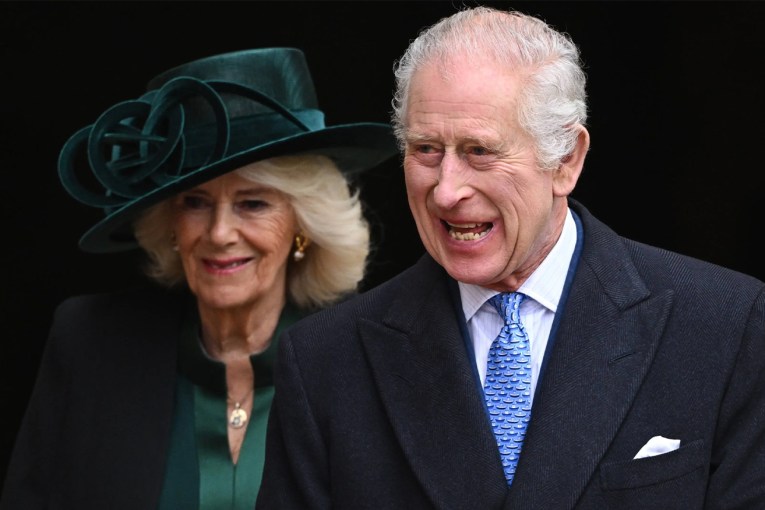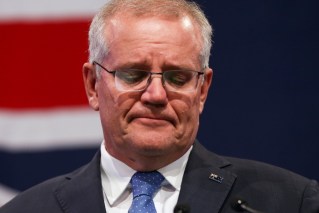To avoid the worst of climate change we have to change how we travel

In September I embarked on a five-week trip throughout Italy and France.
We swam in the waters of Cinque Terre, ate the best pizza we’d ever had in Naples, and walked blisters into our feet through the streets of Paris.
The marvels of modern aviation meant I completed my 32,000-kilometre round trip in roughly 24 hours each way.
But while I budgeted for the monetary costs associated with the trip, I neglected to consider another crucial one – the carbon cost.
Humans are changing the Earth’s climate. It is estimated our activities have caused about one degree of additional atmospheric warming since the industrial revolution.
The Intergovernmental Panel on Climate Change (IPCC) says crossing a 1.5 degrees Celsius threshold will unleash devastating climate change impacts on human life and ecosystems.
To keep global warming to below 1.5 degrees, as called for in the Paris Agreement, emissions must peak before 2025 at the latest, halve by 2030, and reach net zero as soon as possible before 2050. The Glasgow Declaration on Climate Action in Tourism, launched at COP26, commits the tourism sector to these goals.
So, what will global tourism look like as it begins to decarbonise? Will it necessitate changing the way I approach travel in the coming decades?
Paul Peeters, a professor of sustainable transport and tourism at Breda University of Applied Sciences in the Netherlands, is one of the principal authors of a report released last year that seeks to envision tourism in 2030 and beyond.
Tourism and emissions: How big a contributor is it?
Tourism is a major contributor to climate change.
According to Peeters, at least 5 per cent of global CO2 emissions come from tourism and travel, with some estimates as high as 8 to 11 per cent if you include indirect (supply chain) emissions.
These emissions are inequitable. About half of the global tourism footprint is caused by travel between the richest countries.
If global tourism continues unchanged, it’s predicted to increase emissions by 73 per cent by 2050, compared to 2019.
In this scenario, the sector will use more than 66 per cent of the world’s remaining carbon budget between 2023 and 2100.
Peeters says this is not a viable way forward. But it doesn’t mean that tourism will cease to exist, or that we must stop flying altogether.
Instead, the modelling he presents finds there is a plausible decarbonisation pathway that allows tourism to continue with similar levels of growth in global revenue, trips, and guest nights compared to 2019, while also achieving net-zero emissions by 2050.
This model is called the Tourism Decarbonisation Scenario (TDS) and it requires us to rethink how we travel.
How do you put tourism emissions into a holding pattern?
“If you look at the division of the [emissions from] different parts of travel, then in general … transport takes about 75 to 80 per cent, 20 per cent goes to the accommodation sector,” Peeters said.
That 20 per cent also includes activities, like visiting museums or amusement parks.
“And then within transport, you see that about more than half of the emissions come from aviation, while at the same time aviation serves about a quarter of all trips,” he said.
Each country party to the Paris Agreement – a legally binding international treaty on climate change – is required to establish a Nationally Determined Contribution (NDC). An NDC is an action plan to cut emissions and adapt to climate impacts, updated every five years.
Most of tourism – like accommodation and on-ground transportation – falls within the Paris Agreement and these NDCs and will decarbonise through changes already happening in the legislation of each country. For instance, the transition to electrified forms of travel and accommodation powered by renewable energy. So, as a tourist, I won’t need to change my behaviour there.
“But it’s not true for aviation. And the problem is that aviation, in terms of governance, has got an exemption,” Peeters said. Aviation emissions are much harder to reduce.
The International Civil Aviation Organisation – ICAO – governs international aviation. It has a long-term aspirational goal for net-zero carbon emissions by 2050, and to achieve these goals is pursuing improvements to aircraft technology, sustainable aviation fuels, and carbon offsets.
But Peeters’ modelling says this won’t be enough.
“The final technology is low- or zero-emission aircraft technology,” he says.
“But that takes decades to develop and then decades to replace the whole fleet – you are not buying a new aircraft every year like a car.
“That technology will come […] much faster actually than 10 years ago, but still it’s at a pace that we will have it by the end of the century fully implemented, not before.
“We need an international body that governs the growth of aviation that actually stops it for the next couple of decades, to create a time frame for the technology we need.”
So until sustainable aviation technology can be fully implemented, the key is to slow the rate of growth of aviation.
Further does not equal better
In 2019, nearly all long-distance travel over 16,000 kilometres return trip was by air. These trips, equivalent to flying return Shanghai to Sydney or further, made up just 2 per cent of all trips in 2019.
But they were the most polluting – accounting for 19 per cent of tourism’s total carbon emissions.
My round trip from Australia to Europe sits in this bracket. I estimate my seats on those planes probably came with a carbon footprint of about 6.4 tonnes of CO2 altogether. To put that in perspective, the average Australian emits 15 tonnes per year, according to ourworldindata.org, and I emitted almost half that in just 48 hours.
Failing to curb the growth of these longest-haul trips means they will make up 4 per cent of all trips but account for a massive 41 per cent of tourism’s total emissions by 2050. To prevent this, the TDS says we need to cap them at 2019 levels – about 120 million return trips per year.
In this scenario, shorter distance trips up to 900 kilometres return – that’s roughly equivalent to flying from Rome to Milan in Italy – and those by car, rail, coach, and ferry, would increase to 81 per cent of all trips by 2050.
Longer distance trips (return journeys of more than 7000 kilometres, roughly equivalent to return flying Sydney to Perth and further) would also grow less quickly than current rates and account for 3.5 per cent of all trips by 2050 (down from 6.0 per cent in 2019).
This could have flow-on benefits, especially for local tourism.
“So you keep the number of trips, and you keep the number of nights – you could even increase that a little bit as a compensation maybe for not being able to travel so far, then you can travel deeper. And that means the total revenues in the sector can grow as we are used to because the number of trips and the number of nights generate most of the revenues,” Peeters explained.
What curbing the aviation industry could look like
So, what will this mean for my travel habits in the coming years, if further isn’t better?
It will likely involve a switch in mindset to consider whether an alternative, less-carbon-intensive mode of transport exists to reach the destination I have in mind.
According to Peeters, even one fewer person sitting in an aircraft’s seats can measurably change its emissions.
“Aircraft are quite lightweight. Half of the weight of an aircraft taking off is not its structure. But it means that if you remove 100 kilograms, even off an Airbus A320, you can measure the difference in fuel consumption. It will save, I calculated it for flights, just a 1500-kilometre flight, already up to 10 kilograms of CO2,” Peeters said.
Compare that to a different mode – adding an additional person to an already incredibly heavy train will add perhaps half a kilogram in emissions at most, probably less.
It’s a little embarrassing to admit that I’ve never considered the idea of an interstate road trip, taking the car across the border or opting for a coach or train instead of flying, as a viable option for domestic travel in Australia.

Scenery like this is just a bonus to train travel in Europe. Photo: Getty
But it has for other people. Flight Free Australia encourages us to stop flying, and people have already taken their pledge to swear off air travel – whether for the next 12 months or until it’s ‘climate safe’ to do so again.
As for Europe … well, Peeter’s report predicts that ticket prices will increase, with the cost of flying increasing to 0.18 $/pkm in 2050, from 0.06 $/pkm in 2019, caused mainly by mandates for sustainable aviation e-fuels.
Entire families have even attempted to make it from one end of the world to another without setting foot on a plane – a months-long journey ultimately foiled by cyclones north of Darwin.
Whether the changes outlined in the Envisioning Tourism in 2030 and Beyond report are made to the aviation industry, already my perspective on flying is changing.
Why would I reduce my carbon footprint in other areas of my life, but turn around and negate those efforts by jumping on a plane?
It doesn’t mean that I have to give up travel, just change my perspective on what makes a worthy destination.
“You see a growing number of people, particularly young people, that say, ‘I stopped flying, whatever happens, I never go anymore’,” Peeters said.
“And it makes your life so much easier. You don’t have to choose every time ‘should I fly?’ No, if you can’t get there by train, car, or whatever, you don’t go. And then you go somewhere else, of course, you’re not sitting at home. And you discover that somewhere else is also beautiful.”
Imma Perfetto is a science journalist at Cosmos. She has a Bachelor of Science with Honours in Science Communication from the University of Adelaide.
This article first appeared in Cosmos magazine. Read the original here.








